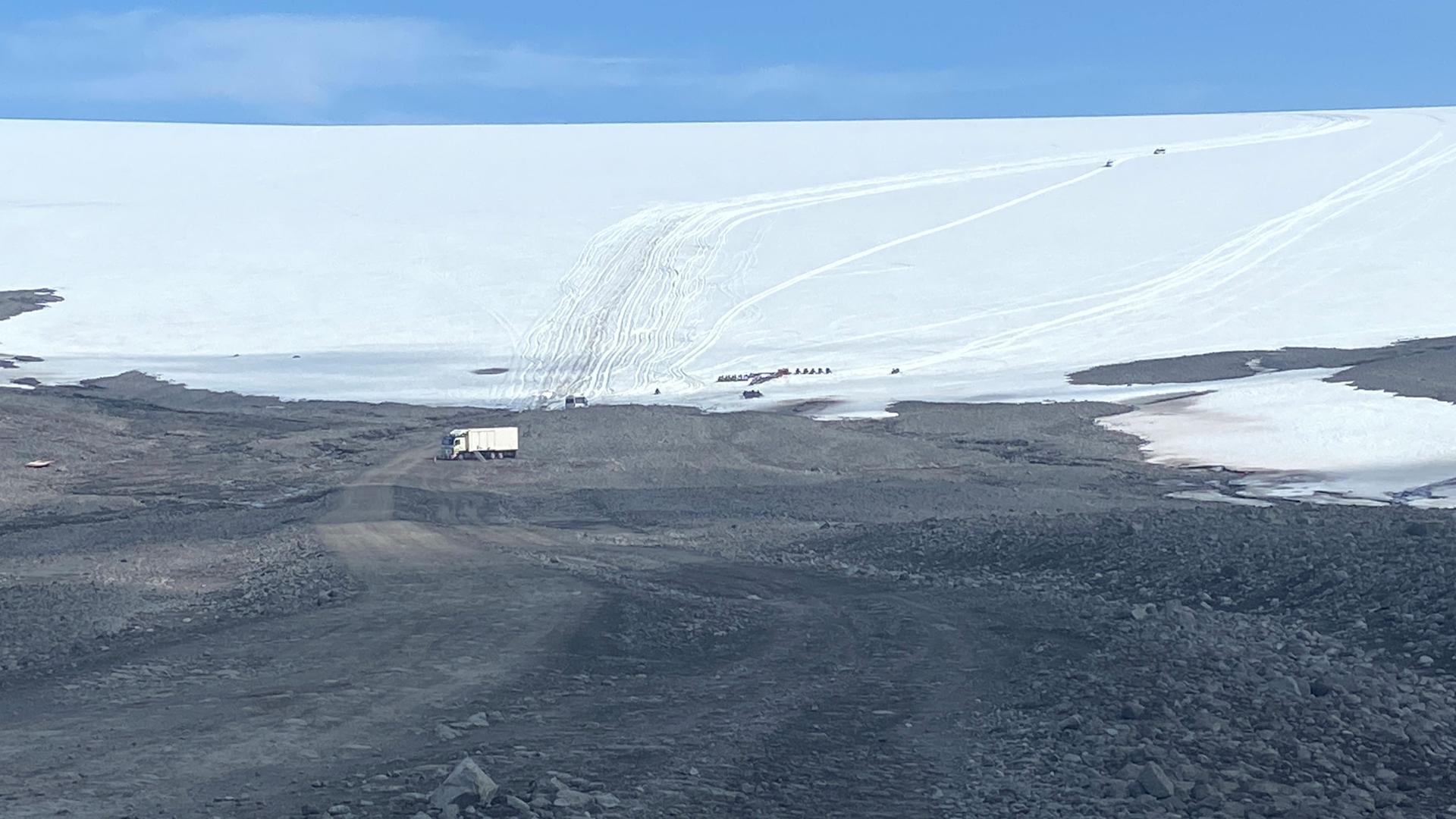It’s known as the “Blue Blob”: a mysterious patch of cold water in the North Atlantic Ocean. It’s just a dot in an otherwise vast, and warming, sea.
But the blob has caught the attention of scientists. The cold water is bringing colder weather to Greenland and Iceland, and slowing the melting of their glaciers — at least temporarily. One of Iceland’s largest glaciers is the majestic Langjökull, located about an hour and a half from the capital, Reykjavik.
About 10% of Iceland is still covered by glaciers — what Icelanders call their “white diamonds.”
On the drive up, the ice looks like a great white wave floating between the earth and sky — immense, immaculate and mesmerizing. Langjökull draws tens of thousands of visitors a year, many of whom arrive on tour buses that speed along the rough volcanic track towards the glacier’s base camp.
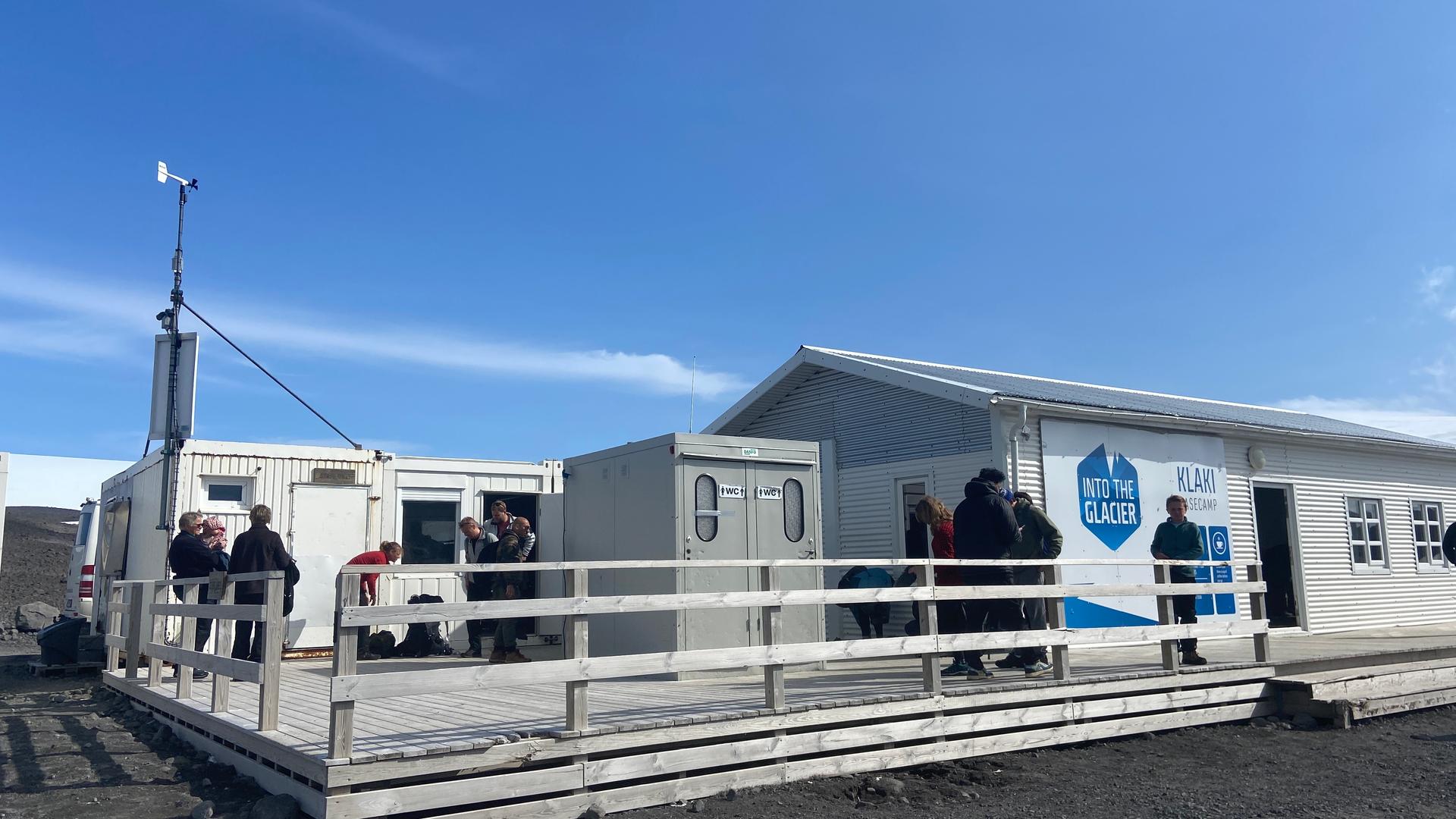
The Shah and Chakore families recently visited the area from South Carolina. They’re originally from northern India near the Himalayas, so they know about the importance of glaciers.
“Well, if they all melt it will be a disaster, obviously,” Chandray Shah said.
“If the glaciers are melting,” said Haman Chakore, “the whole world will be underwater.”
In fact, Iceland’s glaciers began melting a long time ago, going back at least to 1890 when ice melt was first measured. From then through 2019, Langjökull lost 29% of its mass.
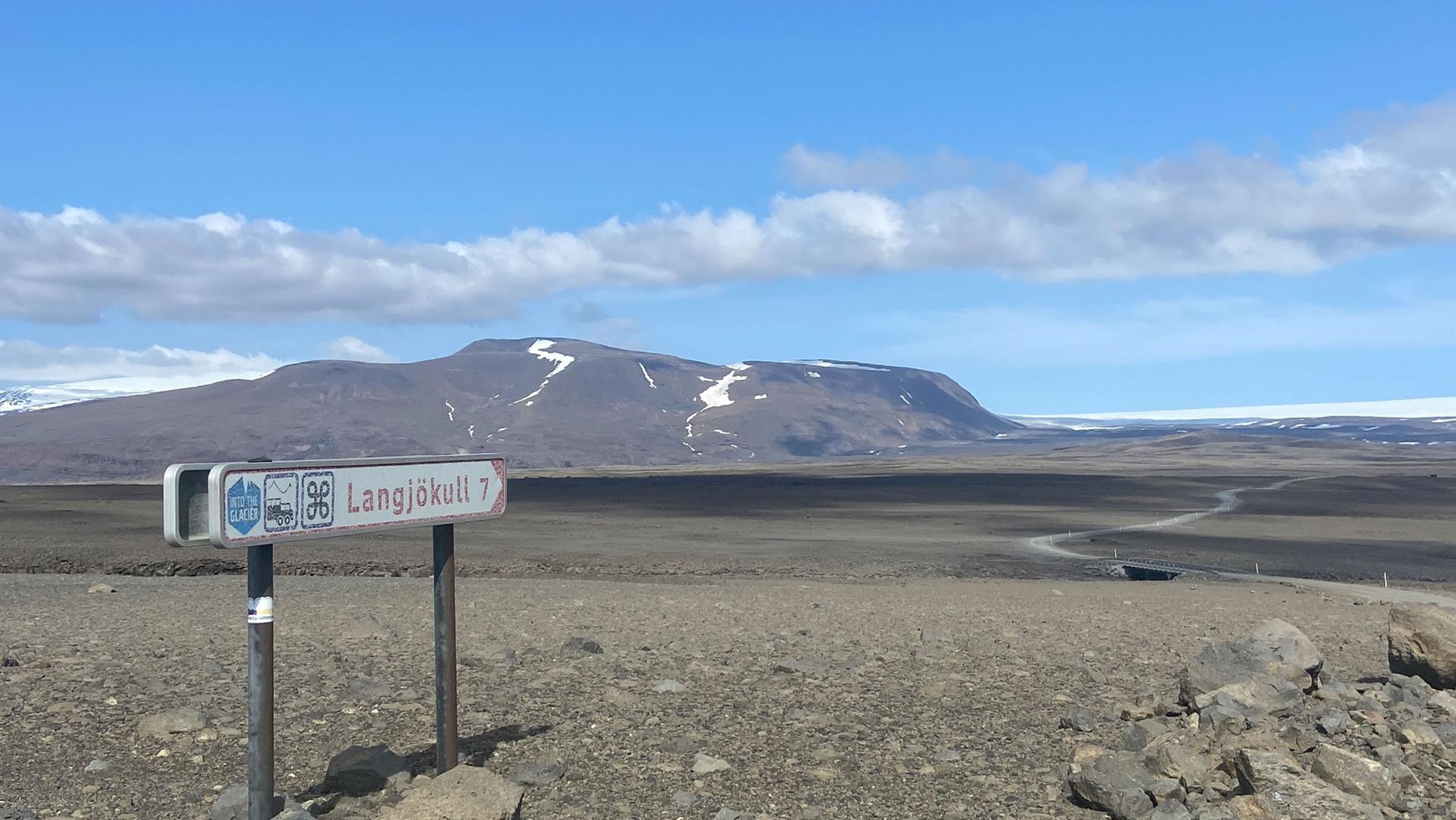
But there may be a glimmer of hope for this so-called Blue Blob region, an area of ocean water more than one degree cooler than the North Atlantic average temperature. That might not sound like a lot, but glaciologist Guðfinna Aðalgeirsdóttir said it matters. The colder water is lowering the air temperatures on land.
“From 1995 to 2010, we had about a meter of the surface thickness of the glaciers disappearing every year,” Aðalgeirsdóttir said. “And after 2010, at the same time as this Blue Blob was appearing, this rate of mass loss actually decreased” by about half. “So, we see that the glaciers actually sense this cooling effect of this Blue Blob.”
People in Iceland have also sensed the cooling temperature.
“We see a rise in people buying warmer clothes later in the year,” said Johannes Johannesson, a salesman at a camping store in Reykjavik. “People are still buying jackets in June.”
He said, though, that he’d never heard of the Blue Blob.
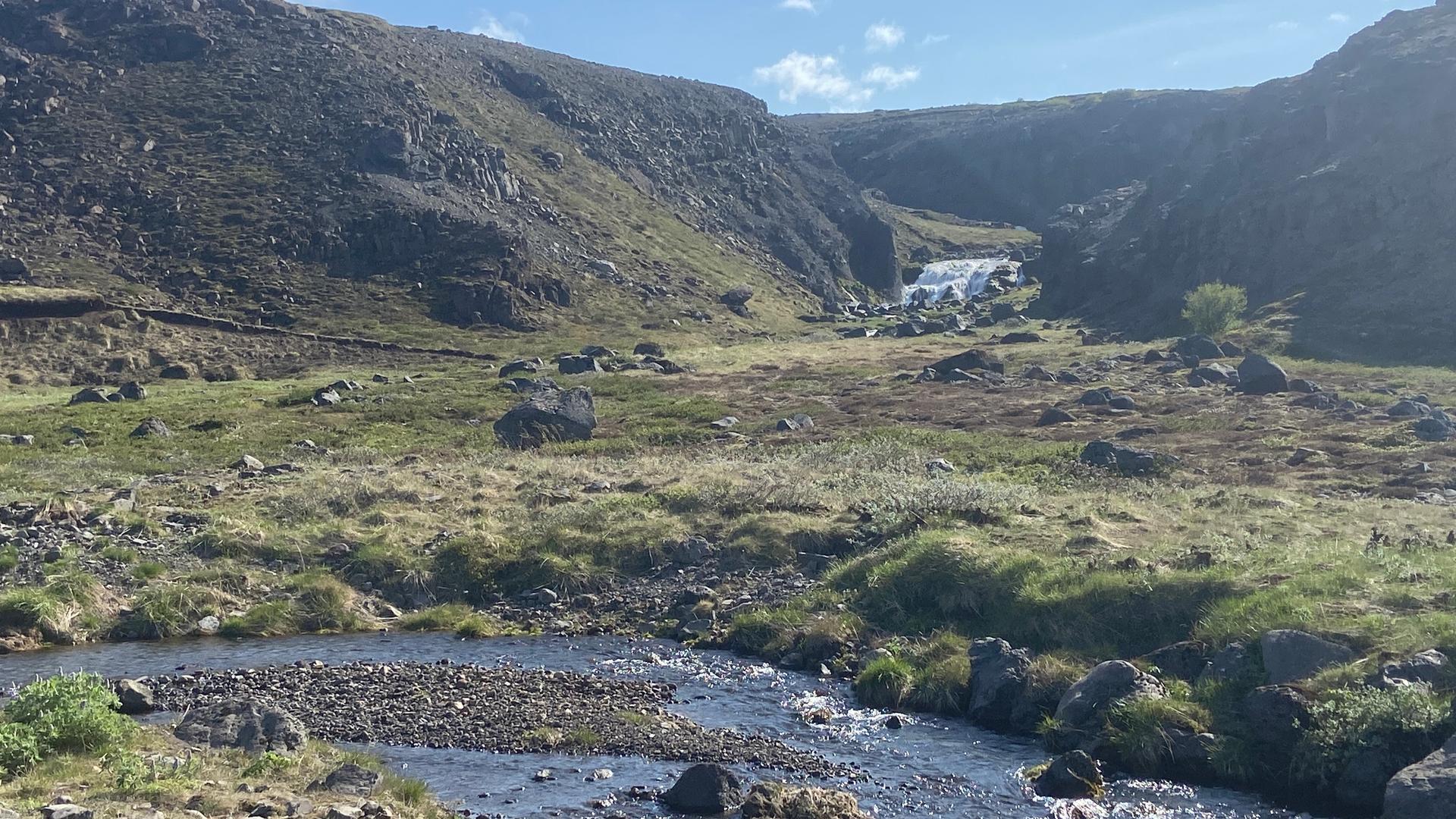
Slowing glacial melt
Scientists know little about where the Blue Blob came from. But scientific modeling suggests it will be around for a while, said glaciologist Aðalgeirsdóttir, though not for long. She also stressed that it’s not completely halting glacial melt, just slowing down the rate of loss.
“So, this is like a regional North Atlantic effect,” she said, “that slows down the mass loss of the Icelandic glaciers until about 2050. And after that, it picks up again.”
Cristian Eli Gunnarsson, who is a guide on the Langjökull glacier, has seen the retreat of the frozen giants firsthand. Since 2020, he said, this glacier has retreated a full mile, leaving just a rocky plain behind.
Across the vast plain are a bunch of metal sign posts marking the years where the ice once was as it retreated: 1940, 1960, 1980. It’s a timeline of loss — and it’s accelerating.
“The distance between the 1940 and 1960 [glacial melt] lines is the same distance from the 2020 sign to today. So, it is now 10 times faster. Which is ridiculous.”
“The distance between the 1940 and 1960 lines is the same distance from the 2020 sign to today,” Gunnarsson said. “So, it is now 10 times faster. Which is ridiculous.”
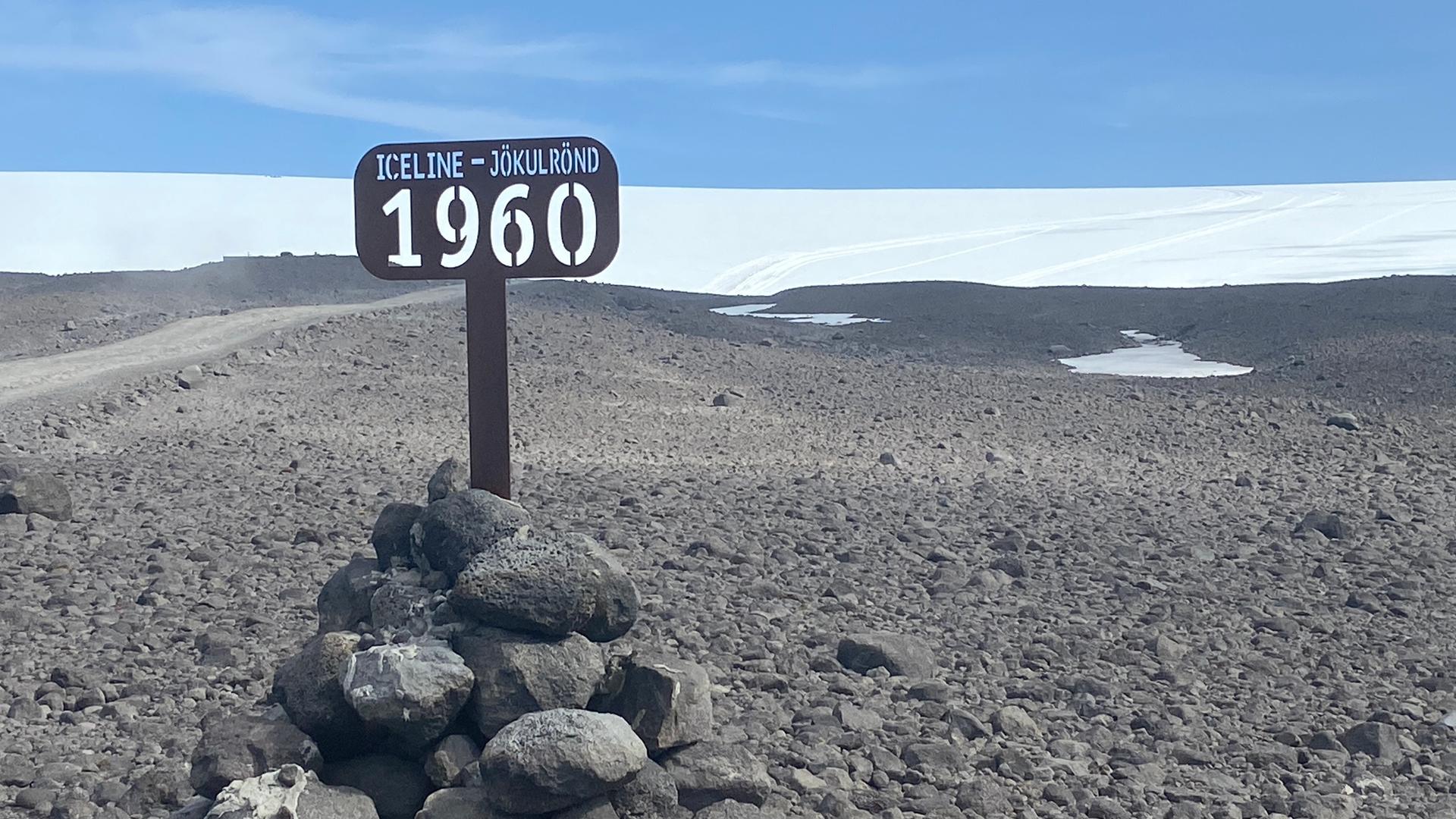
He wondered how much time the Blue Blob is really buying them. And these days, he said that when he takes groups of people up on the ice, they find something different.
“It’s like walking in wet sugar,” he explained.
He’s worried he may be out of work soon, saying that tourists aren’t likely to come for a slog through the slush.
Related: How the Trump administration’s climate denial left its mark on the Arctic Council
